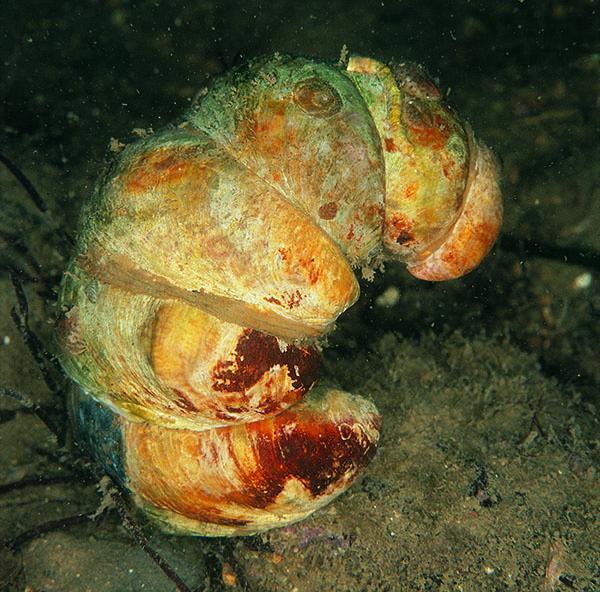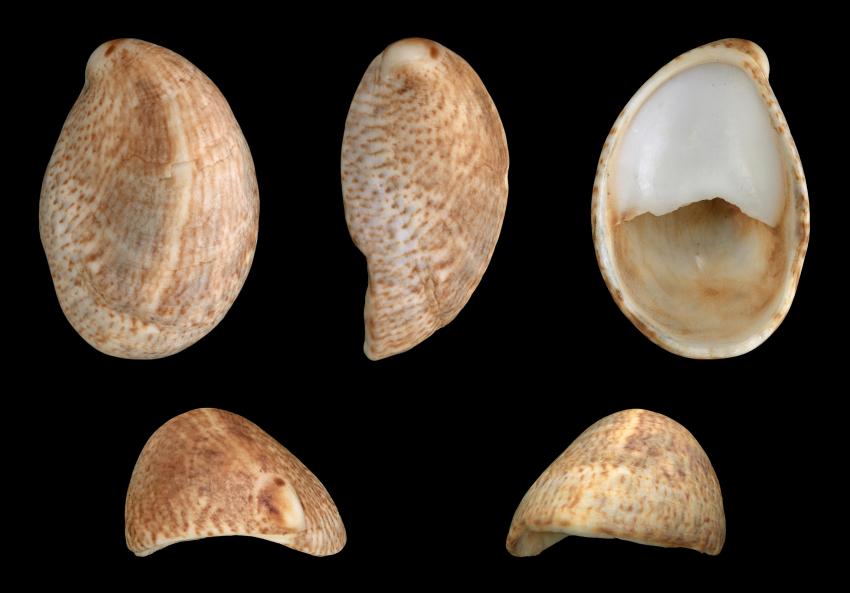- Read offline
- Access all content
- Use the in-app Map to find sites, and add custom locations (your hotel...)
- Build a list of your own favourites
- Search the contents with full-text search functionality
- ... and more!
crépidule (berlingot de mer)
sea snail or slipper limpet

Crepidula fornicata, the crépidule (slipper limpet), does resemble a white slipper from below. It spends its adult life attached to a rock or shell, but mostly attached to another slipper limpet, attached to another slipper limpet, attached to another slipper limpet, in stacks of slipper limpets.
They fornicate so much that the males turn into females! Up to 20 have been found in a fornicating stack in the Baie de Saint-Brieuc.
They accidentally hitched a ride from the western Atlantic to the east, slipper limpets are considered an invasive species, so the French solution, as with the snails in their gardens, is to eat them, marketing them under the more charming name of berlingots de mer. They have a delicate taste and are used in beignets and pasta sauce.

Also known in English as the common slipper shell, common Atlantic slippersnail, boat shell, quarterdeck shell, fornicating slipper snail, or Atlantic slipper limpet.
Images by BThomascall, H. Zell

